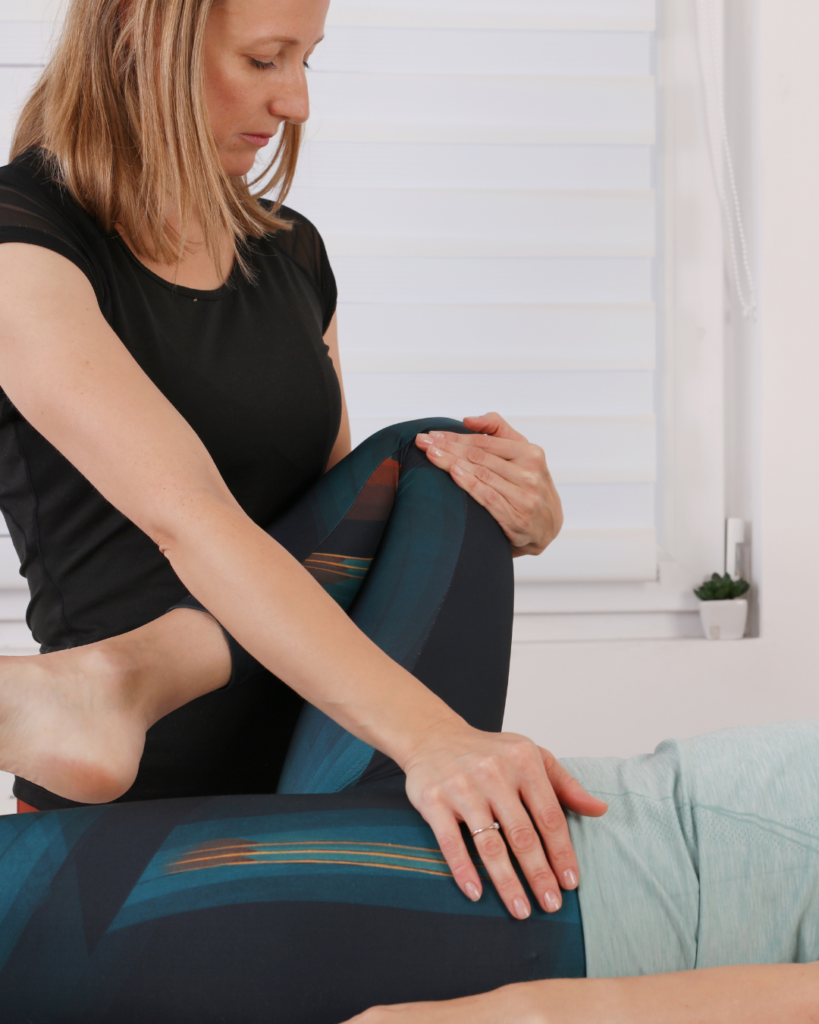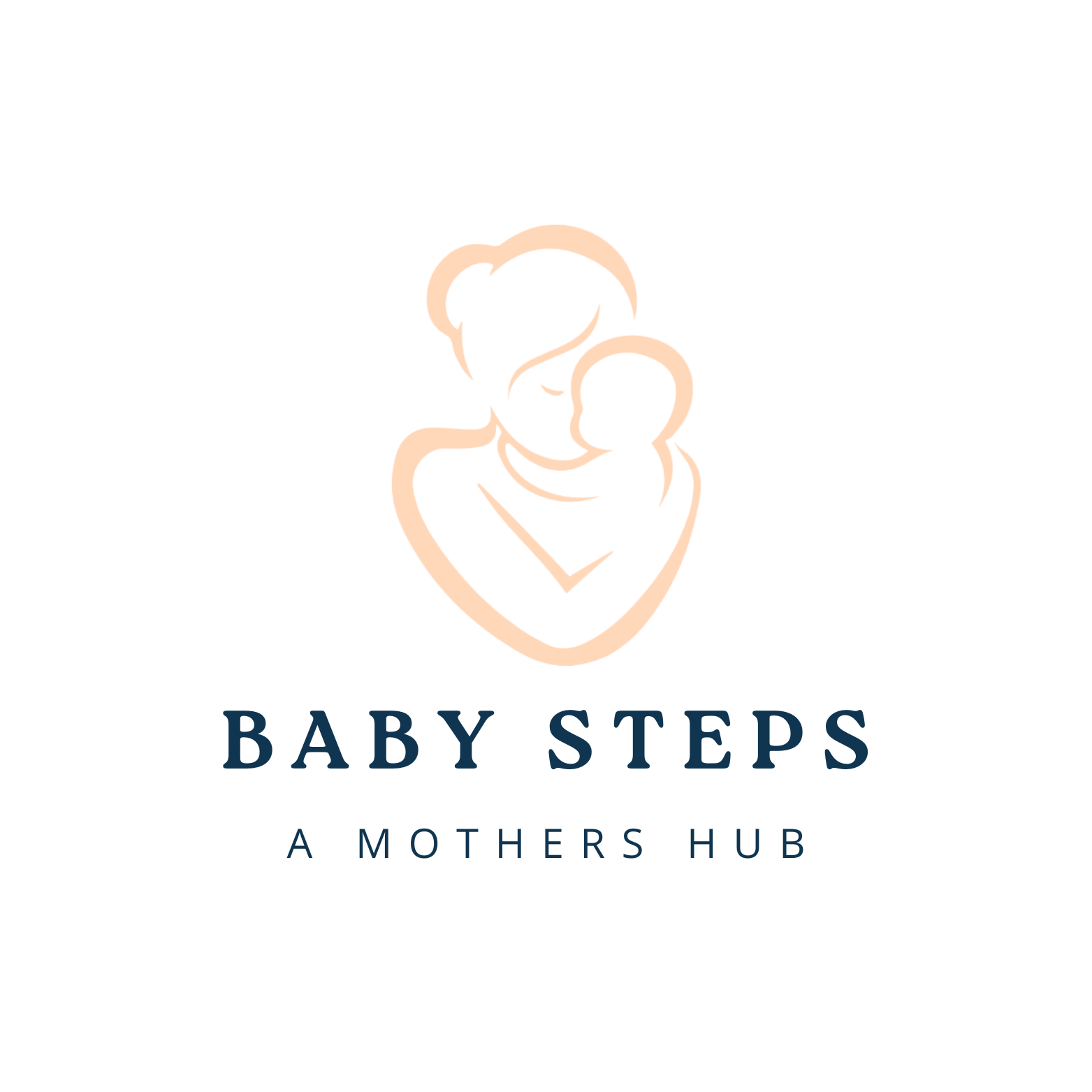Pelvic Floor Exercise
Welcome!
Your pelvic floor has been through a lot – let’s show it some love! Below is some handy info to get you started.
Want more laughs, tips, and expert advice, including pelvic floor workouts? Sign up for our membership, where the pelvic floor fun never ends!
As a member, you’ll get:
- A Pelvic Floor Information Pack
- Tips & Tricks to keep things strong and healthy
- Pelvic Floor Workouts & Exercises
- The Ultimate Pelvic Floor Friend – a guided countdown to help you through exercises
Ready to give your pelvic floor the love it deserves? Sign up now!

Pelvic Floor Exercise
Let’s talk pelvic floors—because after having a baby, sneezing shouldn’t feel like a gamble!
Baby Steps is here to help you feel like yourself again—one pelvic floor squeeze at a time. Our simple, effective exercises are like tiny superpowers for the muscles that support your bladder and uterus (because surprise pees are so last trimester).
No fancy equipment. No yoga pretzels. Just easy, mum-approved moves that help you feel stronger, more in control, and confident enough to laugh, cough, or sneeze without crossing your legs and praying for the best.
Pelvic Floor Exercise Goals
Pelvic floor exercises (yep, Kegels!) are like a secret weapon for mums—helping to strengthen the muscles that support your bladder, uterus, and more.
But here’s the thing: technique matters! Doing them wrong won’t help (and could even make things worse). That’s why it’s a good idea to get some guidance from a healthcare pro or a specialist, especially when you’re just starting out.
So, let’s do them right—because every mum deserves to laugh, sneeze, and jump without a second thought!


Sexual Function
Pelvic floor muscles: not just for keeping leaks in check. They’re also your secret weapon for spicing things up.
These little exercises increase blood flow to your intimate areas, boosting sensation, arousal, and natural lubrication. In other words things just got a lot more interesting.
So yes, a few squeezes a day might just be the most rewarding workout you do.. no gym membership required.
Pregnancy & Childbirth
For mums-to-be, a strong pelvic floor can be a game-changer! It helps you control the muscles needed for labor and delivery, making things a little smoother when the big day arrives.
Plus, after birth, those same muscles will bounce back faster, helping with recovery and getting you feeling stronger sooner. So, a little squeezing now can go a long way later!


Core Strength
Your pelvic floor isn’t just doing its own thing—it’s part of a power squad, teaming up with your abs, back, and sides to keep you strong, steady, and standing tall.
When you strengthen this crew, you’re not just helping with bladder control—you’re giving your spine solid support, easing back pain, and making everyday moves (like lifting a toddler or chasing after one) feel way less like a workout.
Because a strong core isn’t just about fitness—it’s about feeling fierce, stable, and ready for whatever the day throws at you. (Probably snacks. And Legos.)
